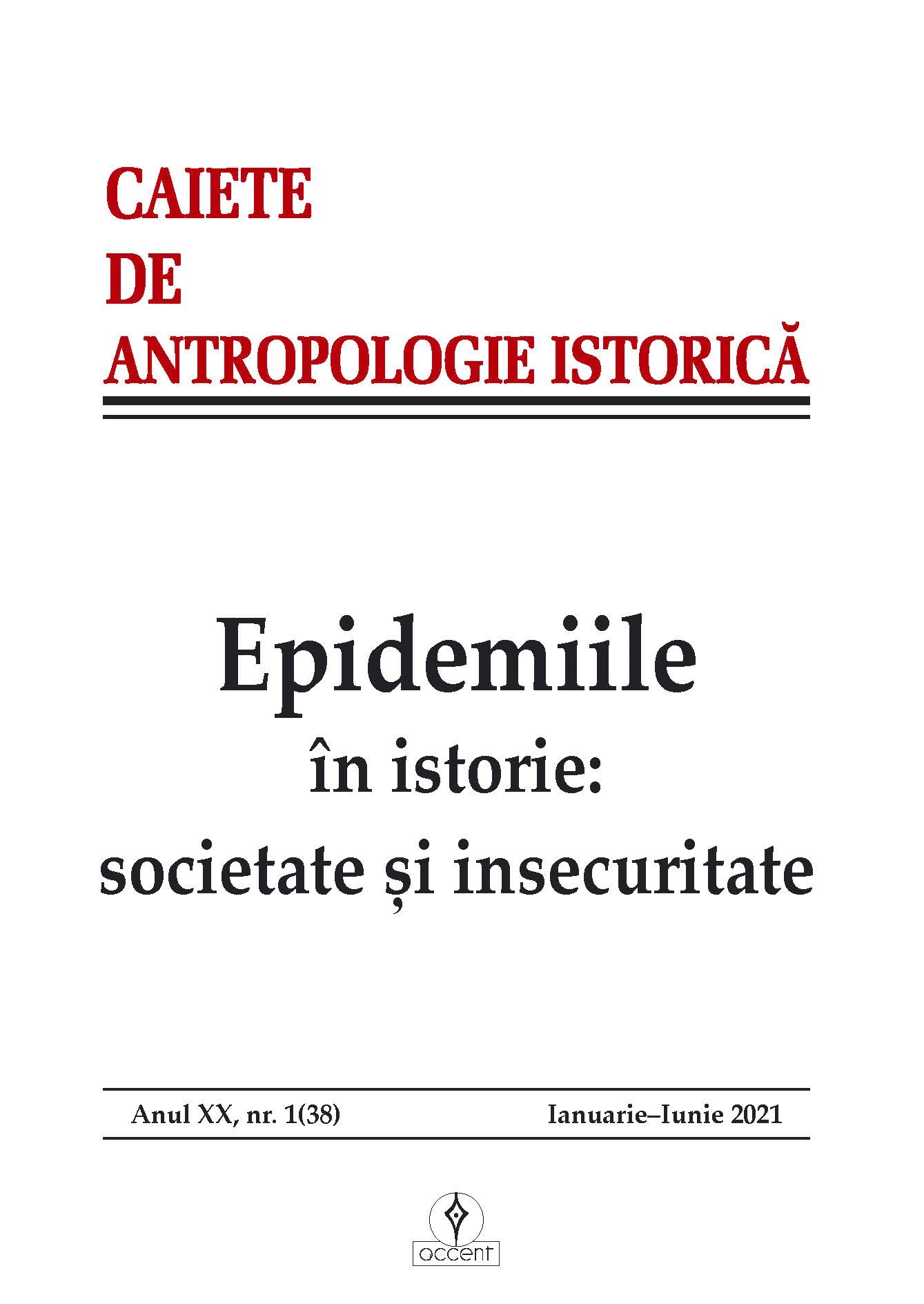Școala civilă de fete cu internat a Asociațiunii din Sibiu (I)
The civil school for girls with boarding school of the Association from Sibiu (I)
Author(s): Simona NicoarăSubject(s): Education, Local History / Microhistory, Social history, Gender history, Modern Age, History of Education, 19th Century
Published by: Accent Publisher
Keywords: national militancy; girls' education; Astra; Sibiu; Girls' Civil School with boarding school;
Summary/Abstract: Astra's national militancy encouraged the cultural and moral uplift of all the nation's sons, young and old alike, men and women. The emancipation of women was conceived in the context of the national movement, as a desire for integration and participation of the female element, together with all the sons of the nation, in the effort to cultivate the Romanian identity. There were few Romanian schools, so the education of girls was done in private schools and in those near monasteries. Until the sixth decade of the 19th century, it was a rarity for Romanian girls to be able to read and write. The beginning of the education of Romanian girls was made in Brasov, by the Reunion of Romanian Women, established in 1850, with philanthropic and cultural purposes. Following the model of the one in Brașov, the Reunion of Romanian Women from Sibiu (founded in 1881, at the initiative of some scholars' wives) supported, through the voice of Maria Cosma, the establishment of a Romanian school for girls in Sibiu. Following the example of the Reunion of Romanian Women from Sibiu, Romanian women from other Romanian regions, Abrud, Șimleu, Hunedoara, Orăștie, etc., immediately set up such meetings and schools for the education of girls. The association, whose president was Timotei Cipariu, made its own efforts to establish a school for Romanian girls in Sibiu, with boarding school. The initiative came from the Sibiu school referent Anania Trombițaș. In an Appeal to the Romanian public in 1885 it was shown that Astra would discuss in its general assemblies the question of such a foundation, accommodated to the highest requirements of contemporary pedagogy. In the meetings of the central committee and in the general assemblies of Astra from Dej and Brasov, from 1882 and 1883, it was decided to build a special building, destined for a civil school for girls. The opening of the Civil School for girls with boarding school in Sibiu took place on September 15, 1886. The first year of school (1886–1887) opened with 43 students, and the boarding school with 23 students. Daniil Popovici-Barcianu was the first director of this institution, and its first teachers were Enea Hodoș, Septimiu Albini, Ilarion Pușcariu, Sabin P. Barcianu and others. The establishment of the Civil School for Girls with Boarding School in 1886 showed that in Astra's extensive socio-cultural program, the education of Romanian women, family support and the education of the nation's sons had a distinct place.
Journal: Caiete de Antropologie Istorică
- Issue Year: 2021
- Issue No: 38
- Page Range: 147-159
- Page Count: 13
- Language: Romanian

